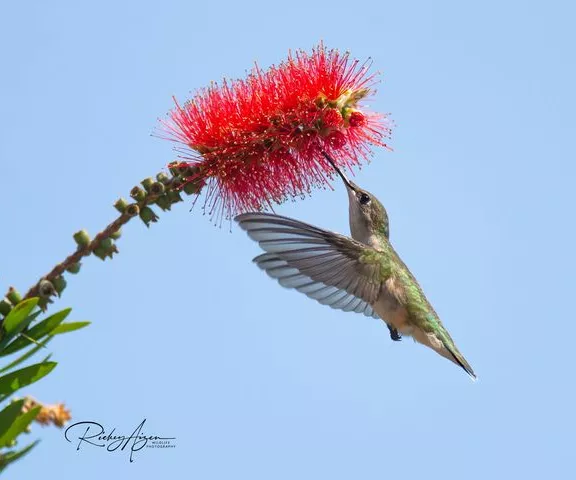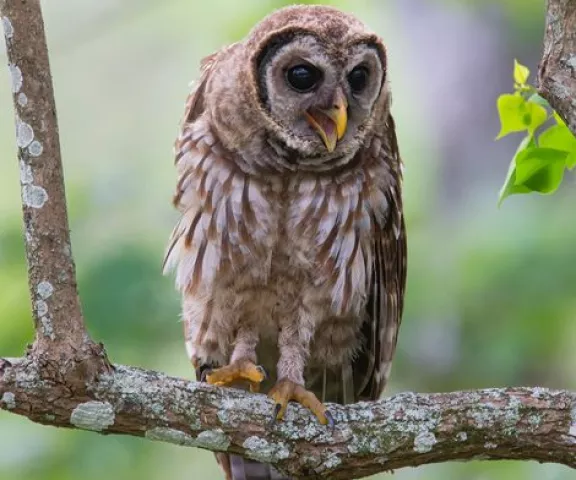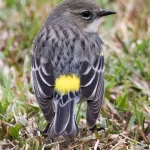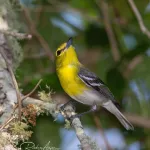Frenchtown Conservation Area
Frenchtown Conservation Area is a patchwork of several habitats located within the confluence of the Amite and Comite Rivers. A mixture of bottomland hardwood forest, spruce pine-hardwood flatwoods, cypress-tupelo swamps, batture (a forested sandbar on the river side of a levee), and small stream forest habitats creates an ecologically intriguing site that hikers and birders can access on four miles of trails within the park.
During December and January, battures are prime areas to look for Rusty Blackbirds, which often travel in groups of three to five. They forage mostly in wet bare-limbed hardwoods during late winter. To date, 146 bird species have been recorded here. Notables include Hooded Merganser, Wild Turkey, Ruby-throated Hummingbird, Spotted and Solitary Sandpipers, Osprey, Swallow-tailed and Mississippi Kites, and Broad-winged Hawk. The site is densely populated with year-round residents such as Red-shouldered Hawk, Barred Owl, Red-bellied, Downy, and Pileated Woodpeckers, White-eyed Vireo, and Blue-gray Gnatcatcher. Winter residents include Ruby-crowned and Golden-crowned Kinglets, Red-breasted Nuthatch, and House and Winter Wrens.
Four thrush species (during migration), nine sparrow species (mostly winter), and 21 warbler species have been recorded here. Nesting warbler species include Prothonotary, Swainson’s, Kentucky, Hooded, and Yellow-throated. Additional neotropical nesting species include Orchard Oriole, Summer Tanager, Blue Grosbeak, and Indigo and Painted Buntings.
Amenities include gravel parking, nature trails, a pavilion, a handicapped-accessible education center, restrooms, drinking fountains, and an information kiosk at the trailhead. Besides birding, recreational opportunities include fishing, picnicking, paddling, hiking, and nature photography.






